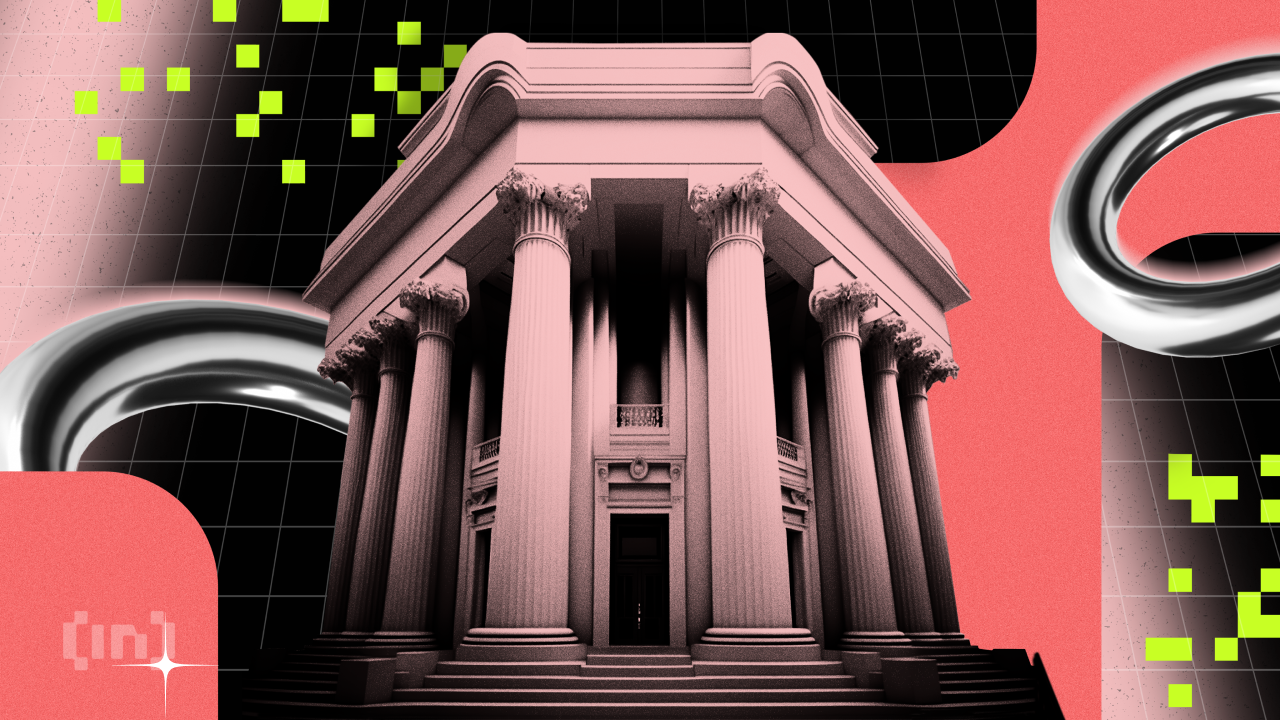Supreme Court finds no copyright protection in bitcoin file format – Commentary

Introduction
Facts
Background
Decision
Comment
Introduction
The recent Supreme Court judgment in Wright & Ors v BTC Core & Ors(1) considered whether copyright could exist in what was referred to in the proceedings as the “bitcoin file format” (ie, the file format used to create blocks on the bitcoin blockchain). A central focus for the English courts when assessing whether copyright exists in file formats has been the requirement for “fixation” of the work. It is clear from existing authorities that this means that the file format must be registered so that it contains sufficient content and not just the structure.
This judgment arose out of an application made “on the papers” for leave to serve infringement of copyright and database rights outside the jurisdiction of defendants not located in the UK. The court was required to consider whether there was a “serious question to be tried on the claim” in deciding whether permission should be granted. The court was not convinced by the evidence presented on the papers that literary copyright existed in the bitcoin file format. A hearing was therefore requested. The resulting judgment considered in detail:
- the existence of copyright in literary works (and in particular the fixation requirement);
- the anatomy of the bitcoin file format; and
- whether and how the bitcoin file format falls outside the protection afforded to literary works in Section 3 of the Copyright Designs and Patents Act (CDPA) 1988 due to the lack of fixation.
Facts
The first plaintiff in the case – Dr Craig Steven Wright – claimed to be the creator of the bitcoin system. Crypto enthusiasts will be familiar with the white paper titled Bitcoin: A peer-to-peer electronic cash system, published by Satoshi Nakamoto on October 31, 2008. Wright claims that “Satoshi Nakamoto” was a pseudonym used by him when he published the White Paper. Wright will be required to prove this at trial.
The defendants developed the BTC Network and the BCH Network – two offshoots of the original bitcoin digital cash system that run in parallel. Both of these offshoots used the bitcoin blockchain through block 478,558. In the substantive claim (which is still pending), the claimants allege breach of their:
- database rights in three databases including the bitcoin blockchain up to and including block 478,558;
- copyright in the White Paper; and
- copyright in the “bitcoin file format”.
Having satisfied the relevant legal test, leave was granted to serve proceedings outside the jurisdiction in respect of the alleged database rights and copyright in the White Paper. This ruling only applies if the copyright exists in the bitcoin file format, which is related to the issue of service out. The defendants were not present or represented at the court hearing.
Technology and need for fixation
In the details of the claim, the bitcoin file format is described as a block consisting of three parts:
- a block header of 80 bytes;
- The vtx number, which records the number of transactions in a variable VarInt; and
- the transactions registered in the block, of variable size.
As the judge understood the position, each block “simply consists of a long list of hexagonal characters”.(2) Essentially, the structure of the format is derived from what the software is asked to read and process when it reads a block. For example, the first four bytes are read to comprise the “nVersion” data field.
The copyright claimed to exist in the bitcoin file format relies on the format being a “literary work” under section 3 of the CDPA 1988:
- section 3(1) of the CDPA 1988 provides that a “‘literary work’ means any work, other than a dramatic or musical work, which is written, spoken or sung, and accordingly includes— (a) a table or collection and (b) a computer program”; and
- section 3(2) of the CDPA 1988 adds that “[c]opyright does not exist in a literary . . . work unless and until it is registered, in writing or otherwise”.
The court assumed for the purpose of considering this application that the bitcoin file format was Wright’s own intellectual creation and qualified as a literary work. The judgment focused on whether the bitcoin file format was “fixed” so that it had sufficient identifiability.
Background
It is a necessary element of section 3(2) of the CDPA 1988 that, for copyright to exist in it, a work must be fixed – that is, it must be identifiable with sufficient precision and objectivity, even if its expression is not necessarily in permanent form. Not all file formats satisfy this requirement for fixation. In assessing whether copyright can exist in a file format, it is important to look at whether the file format contains sufficient content that indicates the structure of the format and not just structure that reflects it. Mellor J stated that “whether an individual file format is protected depends on the facts”.(3)
The extensible markup language (XML) format is an example of where copyright has been shown to exist in a file format. This was considered in the case of Technomed Ltd v Bluecrest Health Screening Ltd.(4) In that case, the court noted that Technomed claimed rights to data formats written in the XML language, rather than the XML language itself. It held that the XML file format showed the author’s personal stamp and that it contained “content and not just structure”.(5)
Decision
It was stated in this case that the requirement of fixation was automatically fulfilled when the bitcoin blockchain software was run and that two works could be created in parallel with each other in the same creative process. However, Justice Mellor did not accept this submission. In refusing leave to serve the claim for copyright infringement in the bitcoin file format outside the jurisdiction, Mellor J held as follows:
- No relevant “work” had been identified that contained content defining the structure of the bitcoin file format. It was true that Annex 2 of the Statement of Claim contained content which defined the structure of the bitcoin file format, but which was created for the purposes of these proceedings and did not form part of the causal chain between the creation developed by Wright, the need for an identifiable work and the alleged infringements of the defendants.
- Given various opportunities to do so, the plaintiffs had failed to explain what was in the bitcoin file format, as expressed in the block itself, which included content and not just structure.
- There was no evidence that a block in the bitcoin blockchain contained content that indicated the structure of the file format as opposed to simply reflecting that structure. The judge distinguished the bitcoin file format from the XML file format, holding:
While I fully accept that each block conforms to the structure described in Annex 2 of the requirements specification and is an instance or manifestation of that structure, the absence of such evidence confirms my original view that, whether one considers the point where the first , second or subsequent block(s) were written embodying the structure of the file format, nowhere was the structure of the Bitcoin File Format fixed in a copyright sense in a material form in any of those blocks.(6)
Mellor J also observed that it is not surprising that a block did not contain content indicative of structure – this would be “unnecessary” and “a very inefficient use of memory”.(7)
Comment
The plaintiffs’ claim that the concept of “fixation” is merely a formality to avoid any argument later on what the copyrighted work is was rejected by the judge in this case. The Copyright Act, as it stands, requires that all literary works meet the formality of being sufficiently identifiable with precision and objectivity. While the plaintiffs were able to show in the particulars of claim what actually constituted the bitcoin file format, they were unable to show this in any contemporaneous footage, despite being given five opportunities to submit evidence to support their case, including during the hearing itself. There was no clear or identifiable record of the work prior to the date on which the infringements are alleged to have taken place.
As an illustration of the flexibility of British procedure, the judge gave the claimant various opportunities to explain his case ahead of the hearing. As Mellor J concedes in the judgment, the plaintiffs were perhaps unlucky in this case that their application happened to come before a judge with knowledge and understanding of the technology in question. It is perhaps an acknowledgment or allusion to the fact that a judge less familiar with this technology might have given permission to serve the claim on the papers. However, this would only have postponed the question for consideration of the substantive claim.
Nevertheless, this judgment puts the spotlight on whether current copyright law – enacted some 35 years ago – is still fit for purpose as digital technologies continue to evolve. It is reasonably foreseeable that new technologies may emerge, aspects of which cannot benefit from copyright protection. Mellor J was emphatic that the current law as stated and understood would not allow copyright protection of subject matter not resolved or expressed anywhere. It is therefore not surprising that he refused the plaintiffs to appeal. However, it remains to be seen whether the plaintiffs will apply for permission to appeal directly to the Court of Appeal itself. This ruling may not be the end of this difficult issue yet, and it is expected that other software developers will take it up again in future cases.
For further information on this topic, please contact Ben Buray, Mark Marfé or Gill Dennis at Pinsent Masons by phone (+44 20 7418 8250) or e-mail ([email protected], [email protected] or [email protected]). The Pinsent Masons website can be accessed at www.pinsentmasons.com.
Endnotes
(1) [2023] EWHC 222 (Ch).
(2) ID, Section 10.
(3) ID, section 38.
(4) [2017] EWHC 2142.
(5) Wright vs. BTC Coresection 43.
(6) ID, section 57.
(7) ID, section 59.
























